Cable
Addresses and the Phonograph
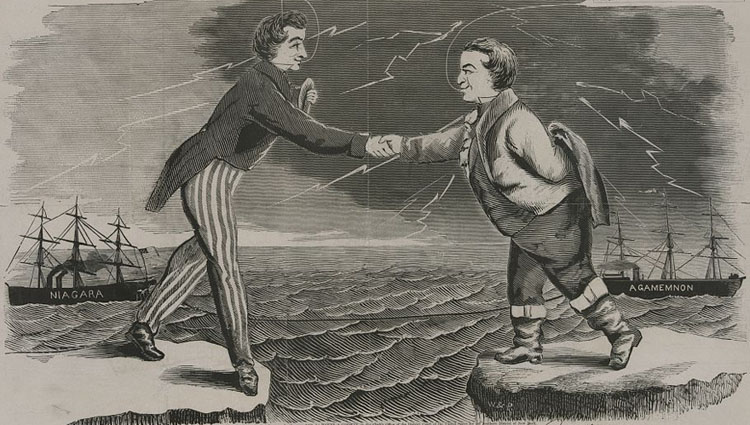
International
Communication before the Telephone
By Doug Boilesen, 2021
The United States Postal
Service was a resource for the phonograph industry in the nineteenth
century with phonograph, record catalogues and promotional material
delivered by mail if a phonograph advertisement caught someone's attention
and they wanted more information. Rural Free Delivery in 1896 further
improved mail service with expanded home delivery.
Early ads invariably included
lines like "Send for Illustrated
Catalogue"; "Write to us."; "Write for Particulars,"
etc., followed with the company's mailing address.
Cable addresses a.k.a.,
telegraphic
addresses, were added to phonograph related business ads when
some companies pursued marketing their records and phonographs "in
Foreign Counties" at the end of the nineteenth century.
As an internationally unique number,
like an internet domain name used in a URL (Uniform Resource Locator),
cable addresses are also interesting when you remember that in the
nineteenth century there were no transcontinental telephone lines
in America or transatlantic telephone lines. The number of telephones
in the United States was growing in the 1890's but phone numbers weren't
part of national ads. Communication between national phonograph companies
and customers was basically limited to mail and telegraph communication
with international messages using cable
addresses made possible by the completion of the transatlantic
cable in 1858.
The first official transatlantic telephone
call didn't take place until January 7, 1927, however, it was not
transmitted by wire but instead used short-wave radio.
The following phonograph business ads
from The Phonoscope are examples of the inclusion of cable
addresses in some ads beginning with Russell Hunting's PHONOCASEY
NEW YORK" in the March 1898 ad where he is offering his services
as a General Sales and Purchasing Agent for "Individuals and
Dealers in Foreign Countries."
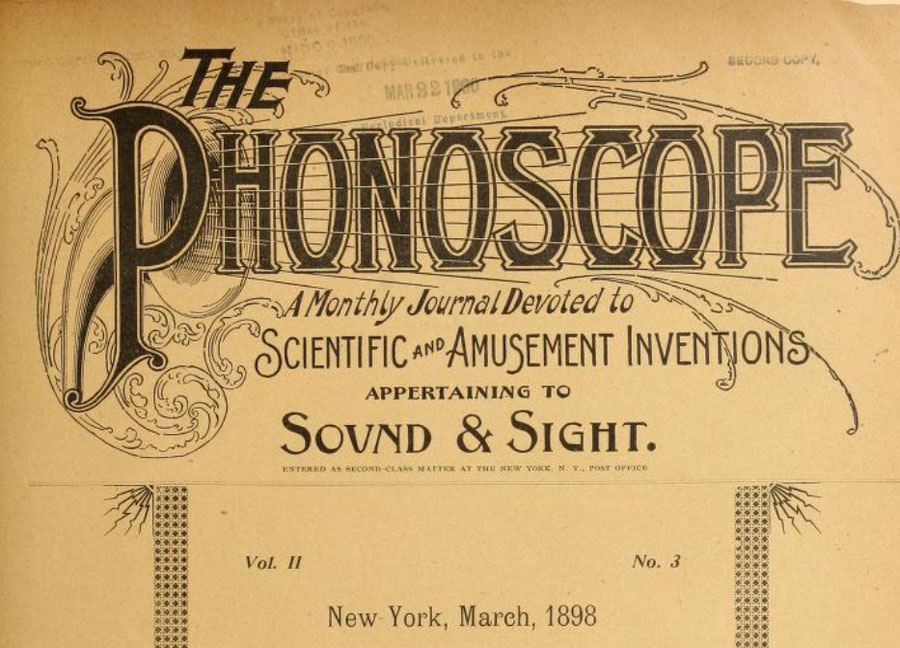
FACTOLA, March 1898 - Russell
Hunting, whose legacy included his "Casey" series of records,
started his own company, RUSSELL HUNTING.
As General Sales and Purchasing Agent
his Cable Address was "PHONOCASEY NEW YORK." This
was the first inclusion of a Cable Address in The Phonoscope
ads.
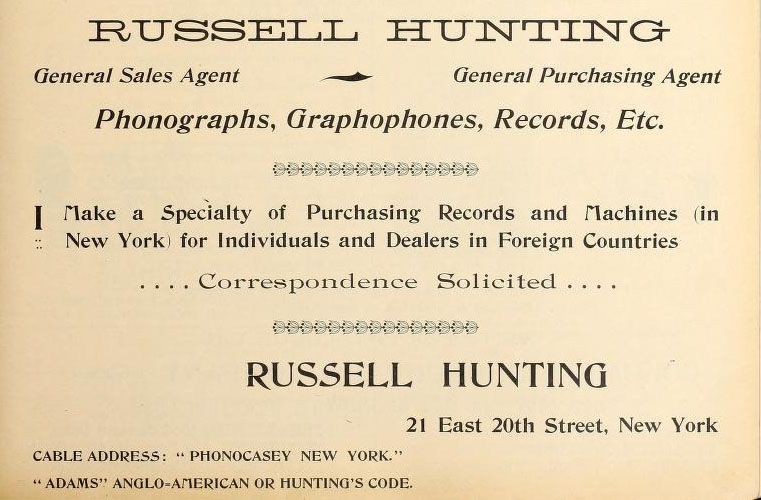
The Phonoscope,
March 1898
The following are examples
of some other phonograph related companies who added a cable address
to their business ads prior to 1900.
FACTOLA, October 1899
- Cable Address for The Polyphone Co., and Leon F. Douglass, Vice-President
Chicago, U.S.A. was "POLYPHONE, CHICAGO."

The Phonoscope,
October 1899
FACTOLA, December 1899
- Cable Address for the American Micrograph Co. was "MICRO"
N.Y.
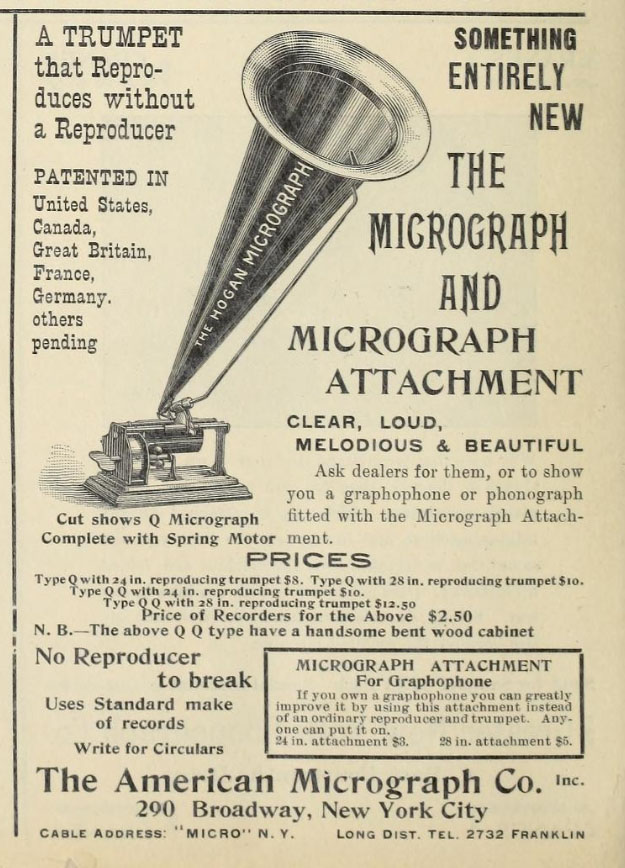
The
Phonoscope,
December 1899
FACTOLA, April 1898
- The cable address for the Edison Phonograph Agency in New York,
N.Y. "FUSE, New York."

The Phonoscope,
April 1898
FACTOLA, May 1898 -
The cable address for Maguire & Baucus, Limited, selling agents
for T. A. Edison for all the genuine Edison and Lumiere military and
Naval films carried in stock, Edison Phonograph Agency in New York,
N.Y. was "Cousinhood," New York and London.

The Phonoscope,
May 1898
FACTOLA, October 1898
- The cable address for William Roche, manufacturer of batteries
for phonograph motors was "ROBAT."
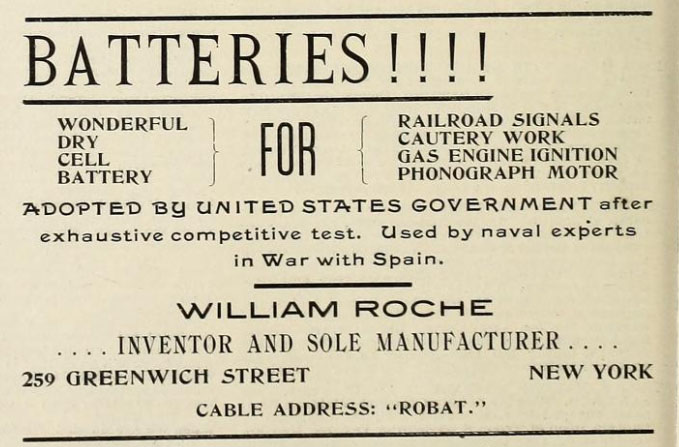
The Phonoscope,
October 1898
FACTOLA, January 1899
- The cable address for C. E. Stevens, Selling Agent for Phonographs
and "all apparatus manufactured at the Edison Laboratory and
genuine Edison goods, was "ESTABAN."

The
Phonoscope,
January 1899
FACTOLA, February 1899
- The cable address for the Phonograph Sapphire Co., makers of
"Jones" Jewels for all Talking-Machines was "JOSSAPH
NEW YORK."
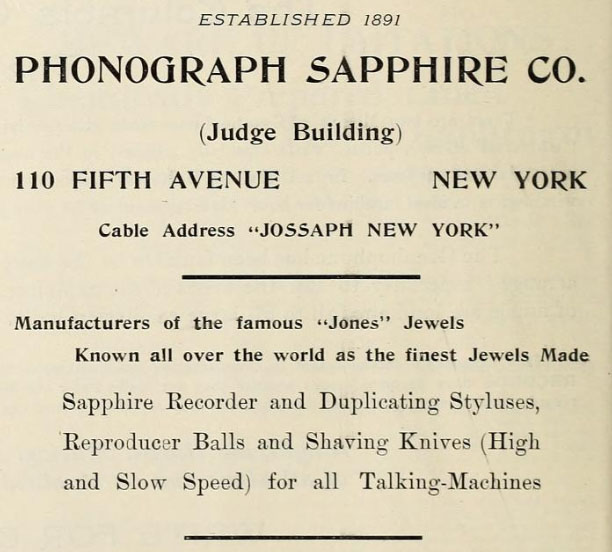
The Phonoscope,
February 1899
FACTOLA, March 1899
- The cable address for Reed, Dawson & Co., makers of first-class
original RECORDS, was "REDAW."
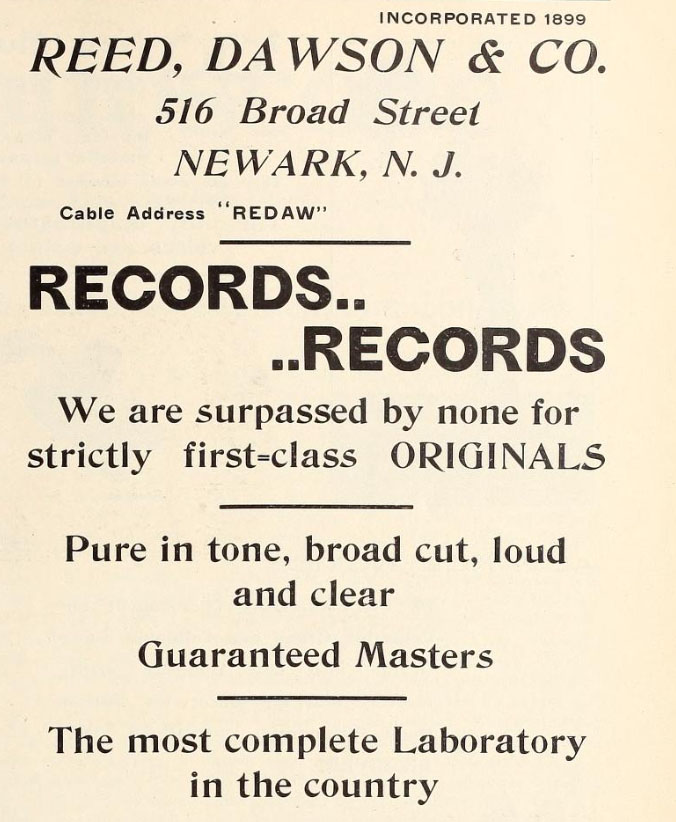
The
Phonoscope,
March 1899
FACTOLA, November 1899
- Cable Address for American Talking Machine Co., was "TWINEAST
NEW YORK."
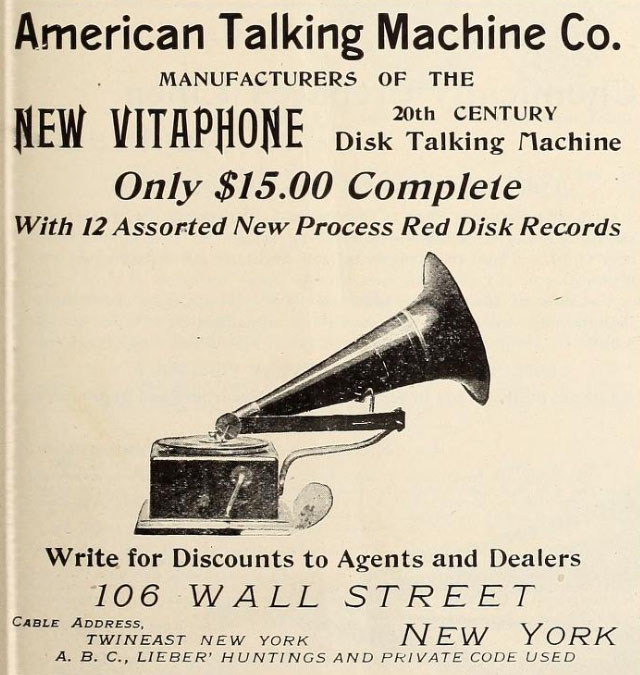
The
Phonoscope,
November 1899